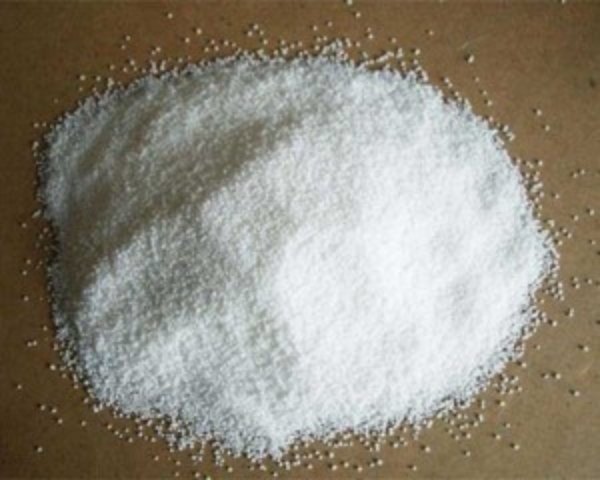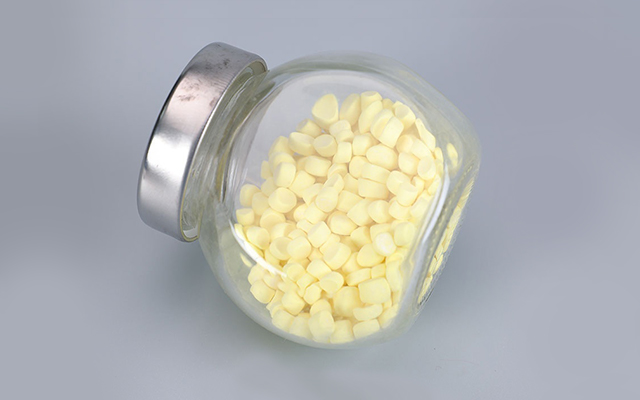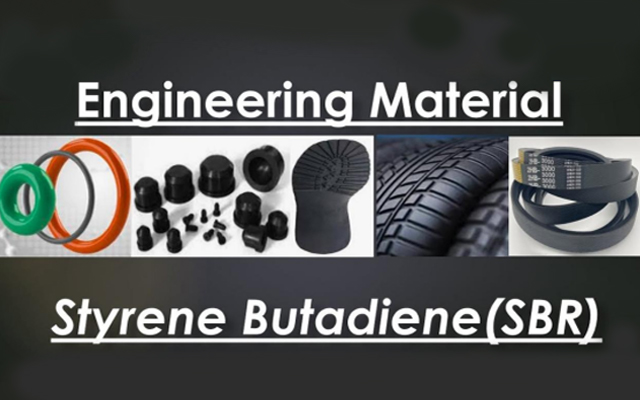Home > Products > Plastic Additive >
Stearic Acid
Get A Quote

Functions and Characteristics
- Saturated Fatty Acid: Stearic acid is a saturated fatty acid, consisting of a long hydrocarbon chain with 18 carbon atoms. This molecular structure contributes to its stability and unique properties.
- Derived from Animal and Vegetable Sources: Commonly obtained from animal fats (tallow) and vegetable oils, stearic acid is a naturally occurring substance, making it versatile and suitable for various applications.
- Versatility in Industrial Applications: Stearic acid plays a crucial role in a wide range of industrial applications, showcasing its versatility in sectors such as cosmetics, rubber processing, pharmaceuticals, and food.
- Cosmetic and Soap Formulation: Widely used in the cosmetic industry, stearic acid is an essential ingredient in the formulation of soaps, lotions, and creams. It contributes to the consistency and stability of these products.
- Candle Manufacturing: In candle production, stearic acid is utilized to enhance the hardness and opacity of candles. It serves as a key additive to modify the texture and burning characteristics.
- Rubber Processing Aid: In rubber manufacturing, stearic acid acts as a processing aid. It facilitates the dispersion of fillers in rubber compounds and improves the efficiency of the vulcanization process.
- Emulsifying Agent: Stearic acid is employed as an emulsifying agent in the pharmaceutical and food industries. It aids in creating stable emulsions, contributing to the formulation of various products.
- Waxy Nature: Due to its waxy consistency, stearic acid is easy to handle and incorporate into different formulations. This characteristic enhances its usability in manufacturing processes.
| Item | Typical Value | ||||
| Model | 1865 | 1842 | 1838 | 1820 | 1860 |
| Appearance | beaded | beaded | beaded | beaded | beaded |
| Iodine value (g/100g) | 0.05-0.2 | 0.15-0.3 | 0.15-0.3 | 0.1-0.3 | 1.0-3.0 |
| Acid value(mgKOH/g) | 205+0.5 | 210+0.5 | 212+0.5 | 215.51 | 205.0+1 |
| Saponification value(mgKOH/g) | 206+0.5 | 209+0.5 | 211.0+0.5 | 215.0+1 | 205.5+1 |
| Color(Hazen) | 20-30 | 20-40 | 20-40 | 50-80 | 150-250 |
| Moisture% | <0.1 | ≤0.1 | ≤0.1 | ≤0.3 | <0.3 |
Major Applications
Metal Processing:
In metalworking, stearic acid is used as a lubricant and release agent in processes such as metal forming and pressing. It aids in preventing sticking and facilitates smooth operations.

Textile Industry:
Stearic acid is employed in the textile industry as a softening and sizing agent. It enhances the texture of fabrics and contributes to the ease of handling during manufacturing processes.

In Needs of Rubber Vulcanization Accelerators Solution?


